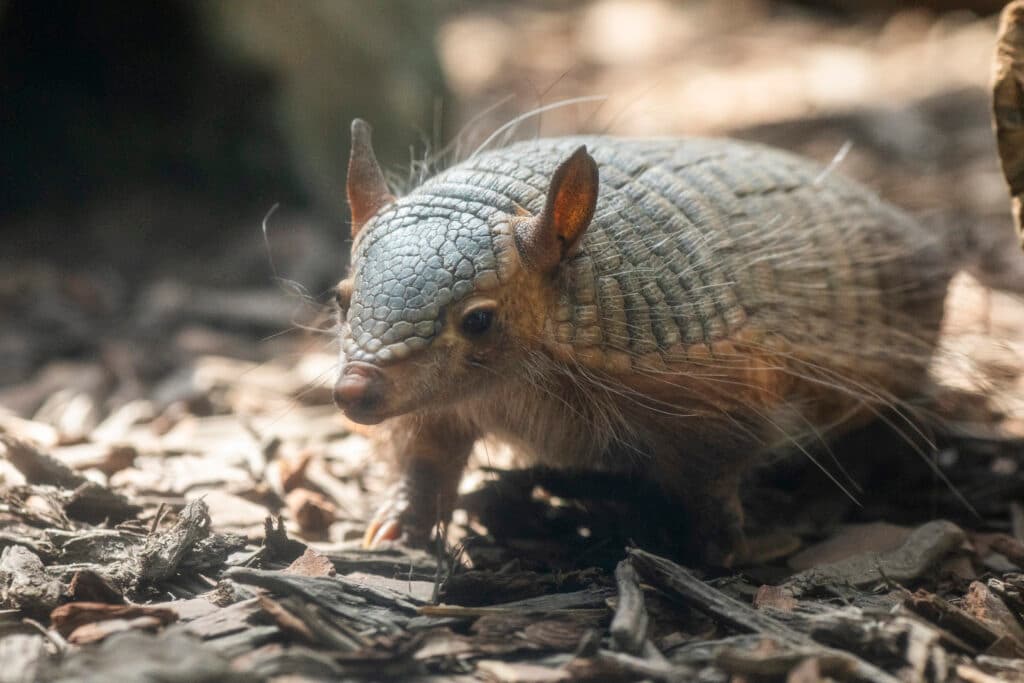Don’t harass the armadillos - Screaming hairy armadillos inhabit parts of Argentina, Bolivia and Paraguay. Able to go without water for long periods of time, they’ll emit a loud squealing noise if threatened.--nationalzoo.si.edu
You read it first in The Factory in Guide magazine.
When I think of animals that squeal, the usual ones that come to mind are pigs. They are pretty common in the United States. You will find them on a lot of farms. But today, we will find out about an armadillo that squeals when they feel threatened. Apparently, they are quite hairy as well!
These armadillos are actually called Screaming Hairy Armadillos. They have the usual armor-looking, tough shell to help protect them. Their shell, called a dorsal shield, has 18 bands, and six to eight of these bands can move. This is how they are able to roll in a ball shape to help protect their soft side from predators.
If a predator does come and try to carry them away, they will cry out or squeal, sounding very much like a loud, crying newborn baby. This sometimes confuses their enemy and they will drop the prey. At that point, the armadillo knows to race towards its nearest burrow and seal the entrance!
These armadillos also have hair! But this particular variety has longer hair on their back and in greater quantity than most species. This might be because of where they come from. From low lands to high mountains, you can find them in parts of Argentina, Bolivia and Paraguay. They favor dry forests, shrublands and grasslands, and hot, temperate deserts.

One of the smallest species of armadillo, the males range from about a foot to a foot and a half in length. They weigh about 1.2 - 2.9 pounds. Whereas the females are smaller at a range of 10-16.5 inches in length and weigh about 0.6 - 2.5 pounds, depending. Even though they are smaller than most of their cousins, they have larger ears than most.
They inhabit dry areas with soft dirt so they can burrow and build their homes. They will often build under shrubs and bushes, and when they are in their burrows, they will usually seal the entrance. But don’t worry, they often have many entrances!
The armadillo is an omnivore, so it eats animals and plants. Their menu might include insects, lizards, frogs, birds, rodents, and different plants, depending especially on the season.
Now these animals look cute and fun, and they are very special. But we must always be very careful with wild animals. According to the Cincinnati Zoo & Botanical Gardens Facebook page, Armadillos are the only known animal to carry the disease of Leprosy, or bacterium Mycobacterium leprae. That’s why you always want to get an adult/parent’s permission before petting any wild animal, and always wear gloves for safety. Afterward, always wash really well with soap and water, too!
Psalm 104:24 says: “"O Lord, how manifold are Your works! In wisdom You have made them all. The earth is full of Your possessions."
—Carol Lyons, Assistant
Discovery Mountain
Scripture taken from the New King James Version, Copyright 1982 by Thomas Nelson. Used by permission. All rights reserved.
Learn More About This Fact
For more interesting facts, click on the buttons below!

